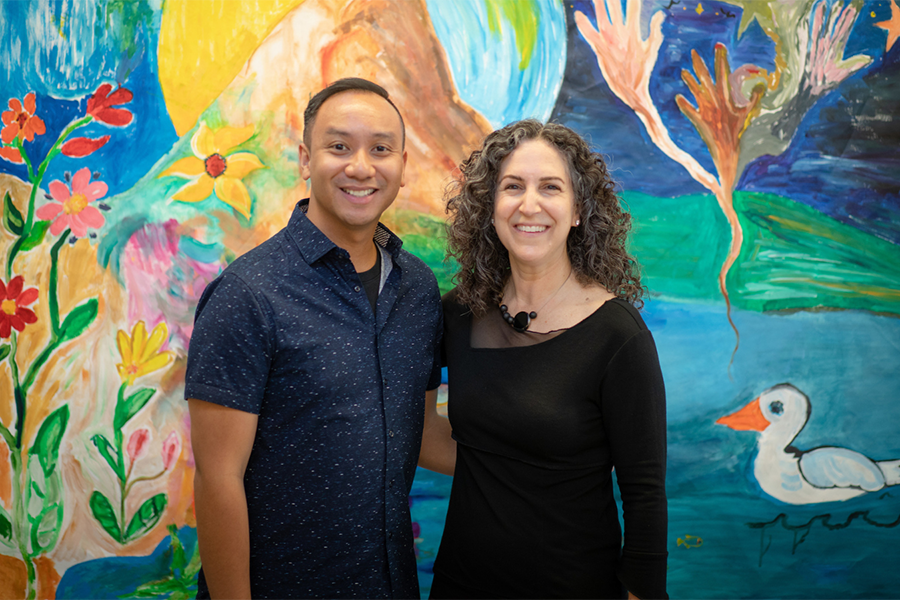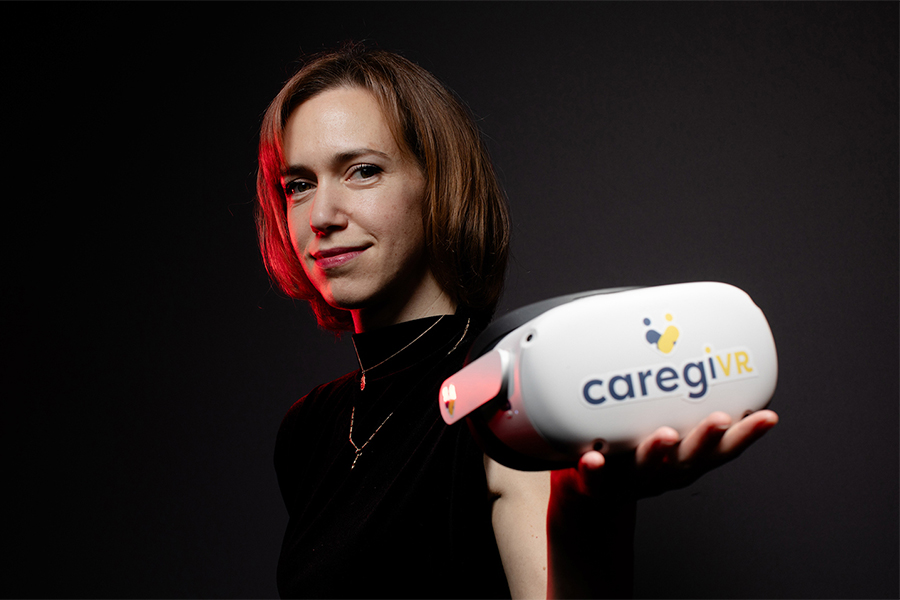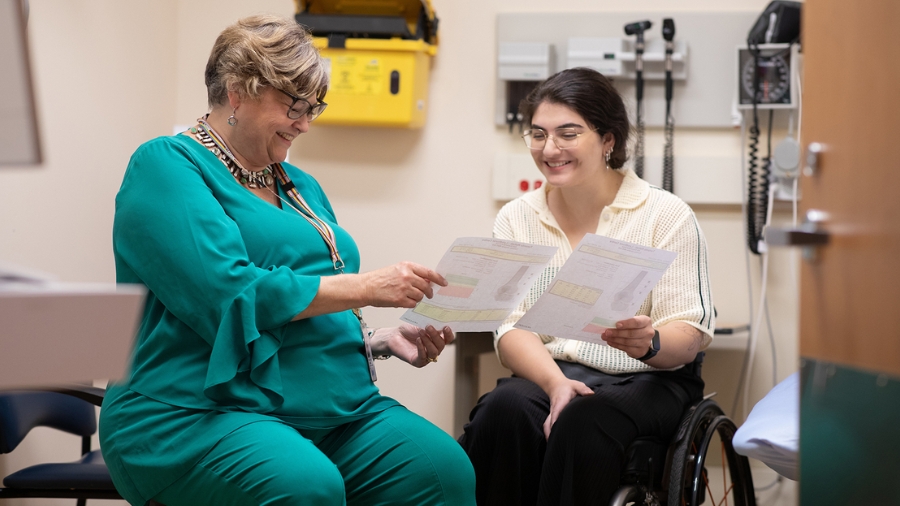Two years after its formation, the Spinal Cord Injury Implementation and Evaluation Quality Care Consortium (SCI-IEQCC) is celebrating the transformational impact they’ve made in SCI care, and role-modeling what is possible when a community comes together to make real change. (Photo: Shutterfly)
Did you know it can take more than 17 years to translate research into practice in the ongoing commitment to provide the best possible health care to Ontario?
That’s 17 years too long, according to a network of six spinal cord injury (SCI) rehabilitation centres and community partners across the province, who are on a shared mission to provide optimal, equitable care for all individuals living with SCI, regardless of where they live.
“SCI is a complex condition that affects all aspects of a person’s life, including their health, mobility, independence, emotional well-being and self esteem,” says Dr. Cathy Craven of Toronto Rehab, who is Evaluation Lead for the Spinal Cord Injury Implementation and Evaluation Quality Care Consortium (SCI-IEQCC).
“Patients with SCI deserve the best available care, and they cannot wait for the traditional translation of research into best practice. That’s where we come in,” says Dr. Craven, Medical Director of Toronto Rehab’s Spinal Cord Injury Program, which is located at Lyndhurst Centre, and a Senior Scientist at UHN’s Kite Research Institute.
Just two short years since its formation, SCI-IEQCC is celebrating the transformational impact they’ve made in SCI care, and role-modeling what is possible when a community comes together to make real change.
Advancing care in the areas that matter most to patients
As a health quality network, the consortium has been dedicated to delivering best practices to member sites, collecting and evaluating real-time data, and sharing rapid feedback on the quality and equity of the care being provided.
“We are trying to understand how the processes we build into rehab can drive positive patient outcomes downstream when living in the community post discharge,” says Dr. Craven.
To help focus their work, they turned to those with lived experience.
“We are ruthless in our pursuit of the best care and include the patient voice in articulating the areas in which to focus our efforts, and how to ensure care is relevant, specific and timely,” says Dr. Craven.
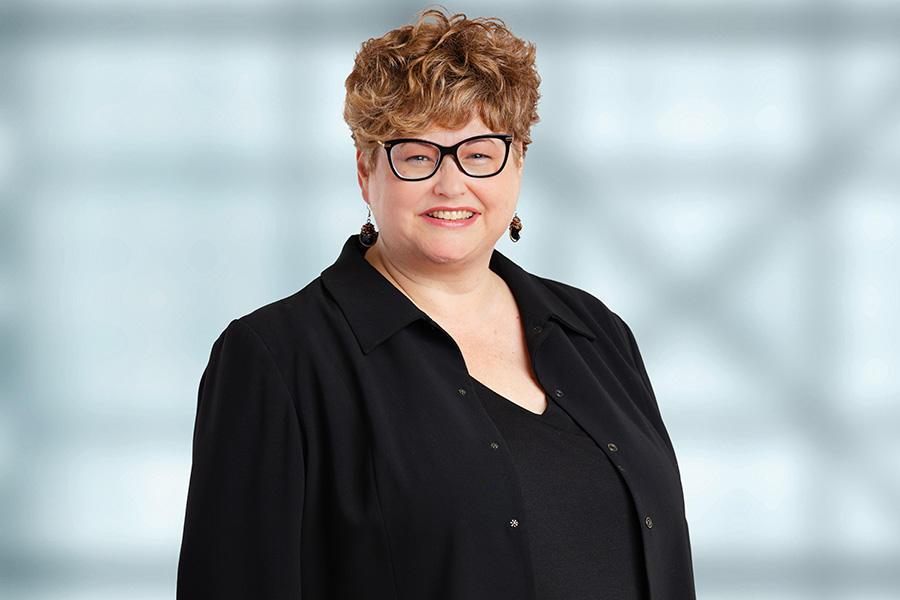
Here’s the difference two short years can make, in the areas patients say matter most:
Emotional well-being: Routine screening for depression and anxiety now takes place at rehab admission and discharge, to help ensure at-risk individuals receive the support they need.
Sexual health: An expanded library of online and in-person training and resources for staff has increased clinicians’ sexual health knowledge by 15 per cent, enabling them to have more open discussions with patients about sex.
Walking: With walking being a high priority among patients with SCI, regardless of age or severity of injury, SCI-IEQCC now identified which outcome assessments hospitals should be used to monitor a patient’s functional recovery.
Wheeled mobility: The number of patients receiving wheelchair skills training, which helps maximize their ability to engage and move safely around their home and in the community, grew by 66 per cent.
Tissue integrity: An increased number of staff complete daily head-to-toe skin checks, and teach patients how to self-check, in an effort to maximize the number of patients discharged from hospital without pressure injuries, and promote self-monitoring of their skin in the community.
Urinary Tract Infections (UTI): With the goal of reducing inappropriate use of antibiotics, which can lead to drug resistance – there is now one agreed-upon definition of a UTI in patients with SCI. A person’s temperature can be a reliable sign of infection, although the temperature cutoffs after SCI differ from the general population. UTIs are the most frequent hospital-acquired condition, clinicians can now reliably identify who has a fever and now know how to diagnose a UTI, and prescribe antibiotics.
Leveraging a ‘learning health system’
By working together to co-design care, members of SCI-IEQCC are learning from each other, measuring and evaluating their collective performance, and standardizing care across the province.
“Routinely reflecting as a network, across sites and organizations, on patient experience and the impact of care we provide – the perceived value, timing, equity and efficacy – is the cornerstone of our success,” says Dr. Craven.
“Members are able to share leading practices and avoid repetition of errors, to effectively implement sustained practice change.
The engagement of staff, their joy in work, pride and daily commitment to patients, and living our mission, has transformed rehabilitation care processes across the province.”
Critical to this collaboration are the implementation and evaluation specialists at each site – mainly frontline clinicians whose role is to gain a broad understanding of their site’s current state; help teams introduce best-practices; and collect data on their impact.
“The opportunity to learn implementation science is what drew me to the IES role,” says Anellina (Nelly) Ventre, a speech-language pathologist (SLP) at Lyndhurst.
“I get to take my SLP hat off and focus on what’s timely and appropriate for patients, as whole people.”
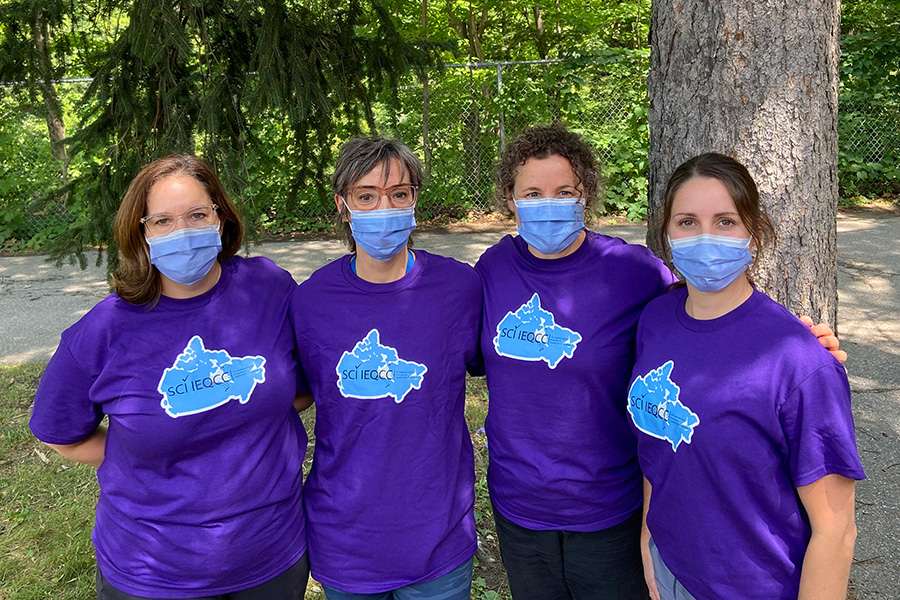
A closer look – tissue integrity
Individuals living with SCI are at a life-long, elevated risk of developing pressure injuries, which can be devastating to their quality of life, and costly on our health system.
Teaching patients how to perform daily skin checks is a key preventative tool, and best practice.
Yet, interviews with patients at Toronto Rehab revealed to the team that it was seen as a nursing role, instead of a life-long skill they can learn as inpatients.
“We learned that skin checks are so ingrained in what nurses do, it had become almost automatic,” says Nelly.
“We needed to be more explicit about how we monitor tissue integrity and teach these skills to patients.”
To fill this gap, the team has introduced a document that helps capture teaching and learning.
“It’s used to direct education, monitor learning at the bedside and gather feedback from patients,” Nelly explains.
Future focus
Starting this year, SCI-IEQCC, which has now grown to include 11 partners across Canada, will expand their focus to include two additional priority areas.
The aim of community participation will be to ensure individuals living with SCI are healthy, able and empowered to participate in the activities that matter most – and the aim of self-management will be to empower individuals to manage their daily health and problem solve barriers to care as they arise.
According to Dr. Craven, these areas are mission-critical to enabling patients to live a meaningful life, where they’re empowered to manage their health, connect with others, engage in activities that matter most at home and contribute to their community.
“Throughout my career, I have been routinely humbled and awed by the courageous and resilient people who emerge from our programs after receiving the right education and training,” she says. “We are thrilled to face the challenges and potential of these domains, and transform patients’ experience, as they transition from hospital to living a full life at home.”

